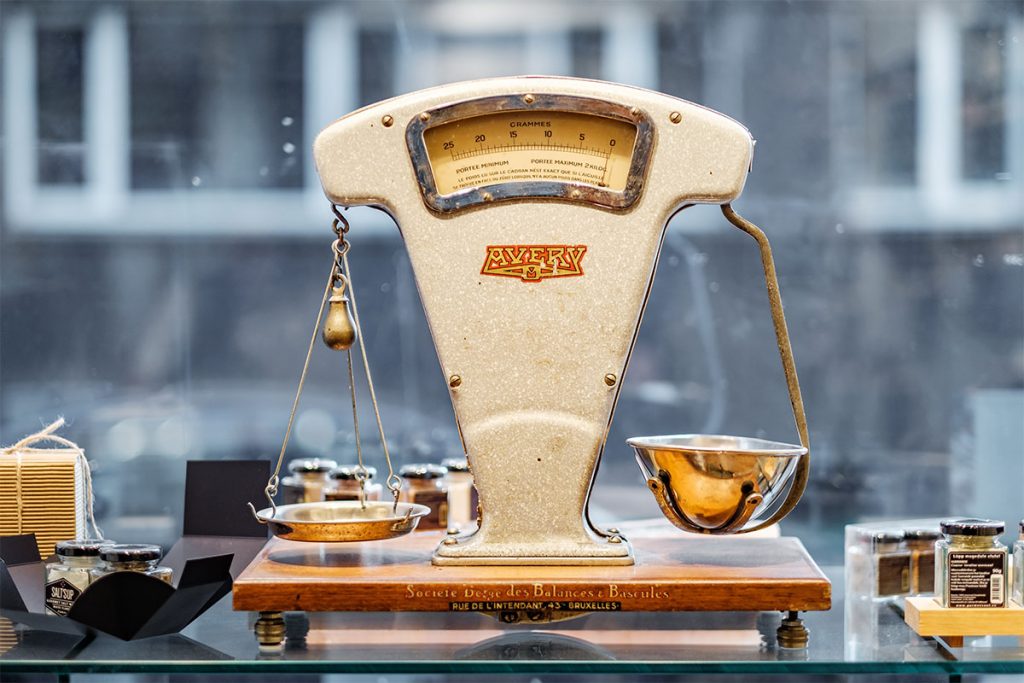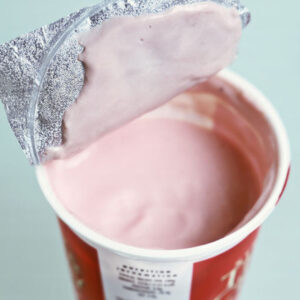02 Nov Do You Suffer From Portion Distortion?
Do You Have Portion Distortion?
PORTION CONTROL… We’ve all heard of it, but what does it actually mean?
‘Portion control’ is understanding how much a serving size of food is and how much energy (calories) a serving contains.
Let’s get one thing clear… DIETS AND SKIPPING MEALS DON’T WORK when trying to lose weight and keep it off. The good news is you CAN lose weight and keep it off without missing out on your favourite foods.
Often our portion sizes seem to be controlled by emotions such as stress, anger, boredom or depression. Learning a few tips and tricks about portion control will be the key to successful long term weight management and can help you avoid overeating that is triggered by these emotional factors.
Remember, these are strategies you will integrate into your life slowly and continuously monitor every day until they become second nature. Before long you won’t even realise you are doing it!
Portion Size
When starting out, measuring and weighing your food can be very helpful. It gives you a really good visual guide of what an actual portion size is of the different food groups. It won’t take long before you will be able to go by sight rather than weighing and measuring making it easy to know what your portion sizes should be.
Get to know your rule of thumb – using your hand as a guide means you can easily make the right decision when it comes to portion size where ever you are.
Learn to read food labels. They help you compare products and choose the food with less fat, salt, sugar and calories per 100g and more fibre per serve. It will also tell you how many serves are in the packet, making it easier to keep track of how many calories you are eating which is especially helpful if you are trying to lose weight.

Portion Control
- DON’T SKIP MEALS: Avoid going longer than 5 hours between meals during the day and go for smaller, evenly spaced meals so you aren’t starving and eat everything insight when you do eat.
- USE SMALLER SERVING: Try using entrée size plates for dinner and a small bowl for things like curries, breakfasts and desserts and tall slender glasses over short and wide ones.
- SLOW DOWN: It’s a well-known fact that it takes 20 mins to register that we have had enough to eat. This is another reason why knowing what the right amount of food ‘looks’ like is helpful.
- PLAN YOUR MEALS AHEAD: This will ensure you don’t get caught out and have to skip meals or buy take-away, which typically have around 200 more calories per serve than something homemade!
- BE MINDFUL: Always try and sit down with unnecessary distractions like using your phone, checking emails and watching TV. Think about the flavours, smell and textures of your food. Take smaller bites and chew your food at least 5 times before swallowing. Make sure your mouth is empty before taking another bite and always put your cutlery down in between mouthfuls.
- STAY HYDRATED: Drink water and herbal tea between meals. This will help prevent you from eating when you are not actually hungry, since thirst and hunger are very easily confused.
Portion Control Tricks
- BREAD: Go for pre-sliced loaves when buying ‘crusty’ loaves like sourdough. Choose thinner sliced bread.
- COFFEE: Ask for small coffees instead of regular or large.
- CHEESE: Buy pre-sliced packets.
- TREATS: Buy chocolate, chips and ice-creams in individual packs not in bulk.
- DINNER: Portion up left overs for lunches the next day before sitting down to eat.
- CEREAL: Measure your serve according to packet serving size.


